Kay Francis- Queen of pleasure
- Jennifer Kellow Fiorini
- Jul 19, 2020
- 4 min read
Updated: Sep 3, 2021

From 1929 to 1938 Kay Francis was the highest paid woman in Hollywood. Her best roles in the early 1930s saw her playing rich heiresses, the head of major companies, and doctors. She was the epitome of glamour and new womanhood in films about women made for general audiences — something we don’t see even today, as films about women are marketed to women rather than simply as movies. So why is it few people today know who Kay Francis was?
Born Katherine Gibbs in 1905 in Oklahoma City, her mother was a struggling actress and her father mostly absent. She grew up in relative poverty, but her mother managed to get her accepted to a boarding school, which led to a better standing on the social ladder. At the age of seventeen, Kay went to secretarial school, learned shorthand, and started keeping diary — a habit she would keep for life. Her diary entries were written in business shorthand. She filled its pages with self-criticism, tales of hedonistic parties, and morning-after regrets. Married and divorced by age nineteen, Kay went to Paris where, with even the most threadbare wardrobe (one black, one white, and one beige outfit), she wowed expat society circles with her fashionable looks.

With a sleek bob, at Paramount circa 1929 - 1930
Kay returned to America and decided to try acting. While cast in a small part on Broadway, Kay met Walter Huston (father of John and grandfather of Angelica) who arranged a Hollywood screen test. In 1929, When the market crashed and the great Depression began, she signed a contract with Paramount Pictures for $500 a week. Making 29 films from 1929 to 1931, she became a darling of fan and fashion magazines. On screen she was often paired with William Powell, and, in 1932, they both left Paramount for Warner Brothers. Her contract paid her a whopping $2,000 a week in the toughest years of the Great Depression.
Kay’s greatest year in film was 1932 — one of the Depression’s worst years. Her sophistication and glamour along with her impish sense of fun made her the perfect actress for the kind of escapist films audiences flocked to see in the early 1930s. In the cynical depths of the era, a kind of Robin Hood trope was popular where good guys stole from the rich (who could afford it) and portrayed them, on screen, as shallow fools. These films were usually set in Europe - convenient for blaming a naughty storyline on “those crazy Europeans.” In Jewel Robbery and Ernst Lubitsch’s masterpiece, Trouble In Paradise, Kay plays wealthy, beautiful women wooed and robbed by debonair thieves. These were sophisticated continental comedies dealing with sexuality, attraction and infidelity — all strictly off-limits when the Code was enforced in July 1934.

Kay gets revenge on the man who sold her into white slavery in the film Mandalay, released weeks before the Code was finally enforced.
Kay Francis did continue to make films after the Code was enforced,but they were stripped of the fun and general naughtiness of her pre-Code fare. Her most famous role post-Code was as Florence Nightingale in White Angel. She became queen of the “weepies” — what modern audiences would call tearjerkers. In 1936 she signed an even bigger contract with Warner, but a few flops, personal problems, and Warner Brothers themselves killed Kay’s career. Warners had signed Bette Davis and, by the late 1930’s, they wanted to get out of the expensive contract they gave Kay and make Bette Davis their new star. Afraid of being poor, as she was in childhood, Kay was not about to break her contract. The studio gave her one horrible film after another in an effort to push her into breaking her contract so they wouldn’t have to pay her off. Kay finished out her contract, then signed a deal with poverty-row studio, Monogram, to produce three films for herself — a first for a female star. She produced and starred in Allotment Wives, a noir that was a little too much like another hit film that year, Mildred Pierce. Allotment Wives isn't a bad film, and it's clear that if things had gone a little differently, Kay could have had a revitalized career as a noir actress. She was active in the war effort, going on tour to entertain troops. She starred in Four Jills and a Jeep - a movie made about their experiences while on that tour - and then returned to the stage for the rest of her career.
Below: Kay Francis during the Code. Give Me Your Heart with George Brent, As Florence Nightingale in The White Angel, and Allotment Wives, which Kay produced in 1945.
Modern audiences most likely don’t know Kay Francis because, when the Code went into effect, her pre-Code films were banned from re-release on television and in theaters until the late 1960s when restrictions began lifting. At the height of her fame Kay famously said, “I can’t wait to be forgotten!” But anyone who’s seen her pre-Code performances could never forget her.
A list of my favorite Kay Francis films
Trouble in Paradise
Jewel Robbery
Man Wanted
One Way Passage
Girls About Town
Guilty Hands
Cynara
Mary Stevens MD
Give Me Your Heart
Dr. Monica
Allotment Wives
Books on Kay Francis
Websites
Podcasts
Next month - Joan Blondell - The Original Dame

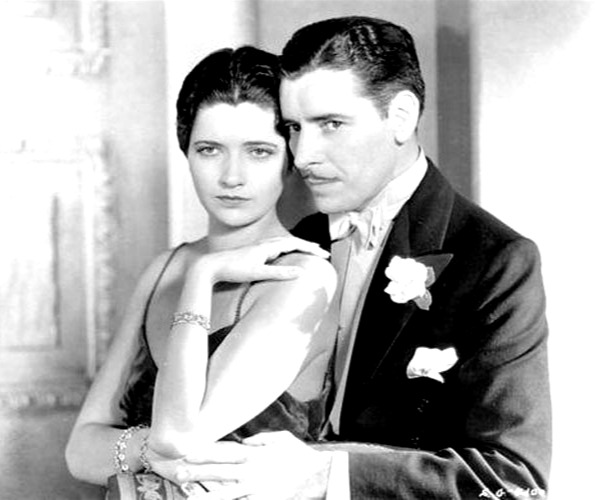



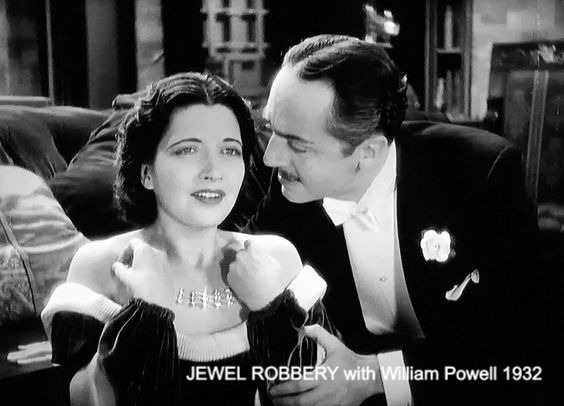









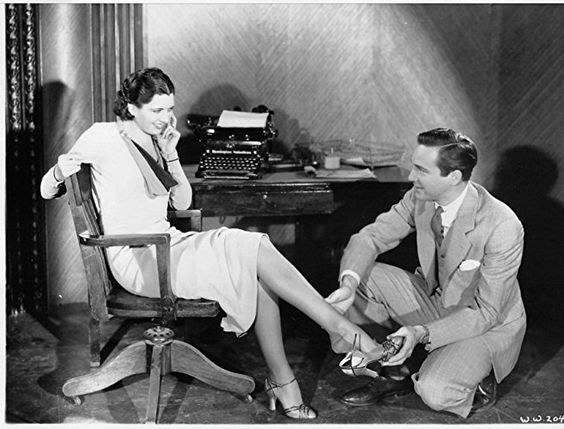



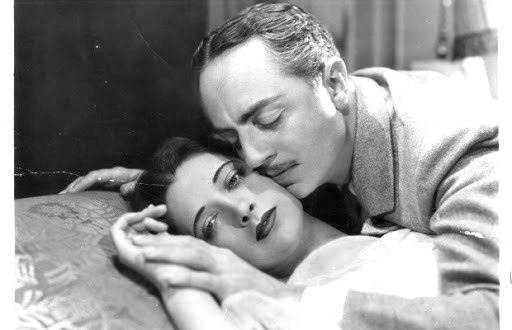

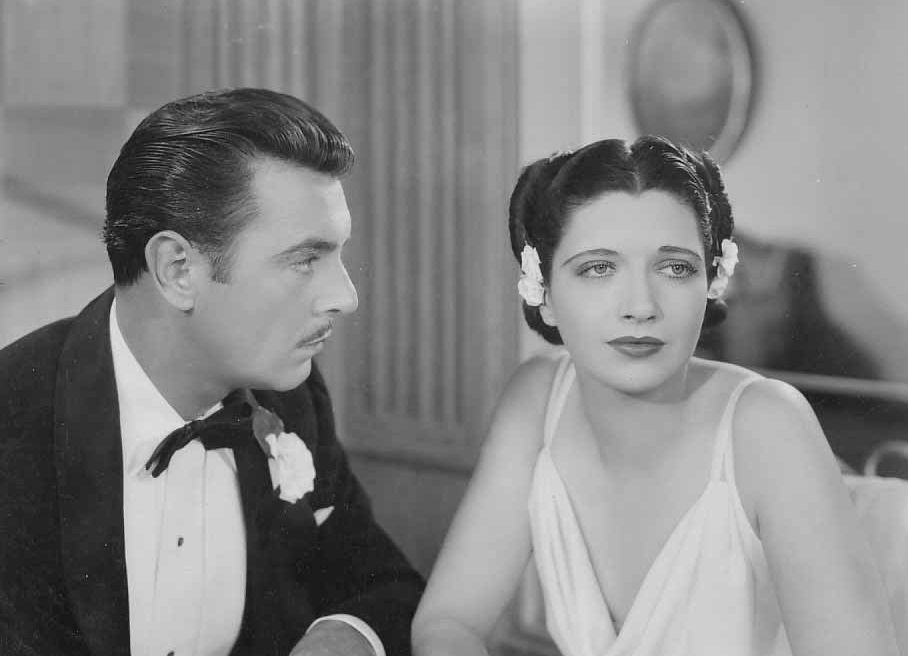

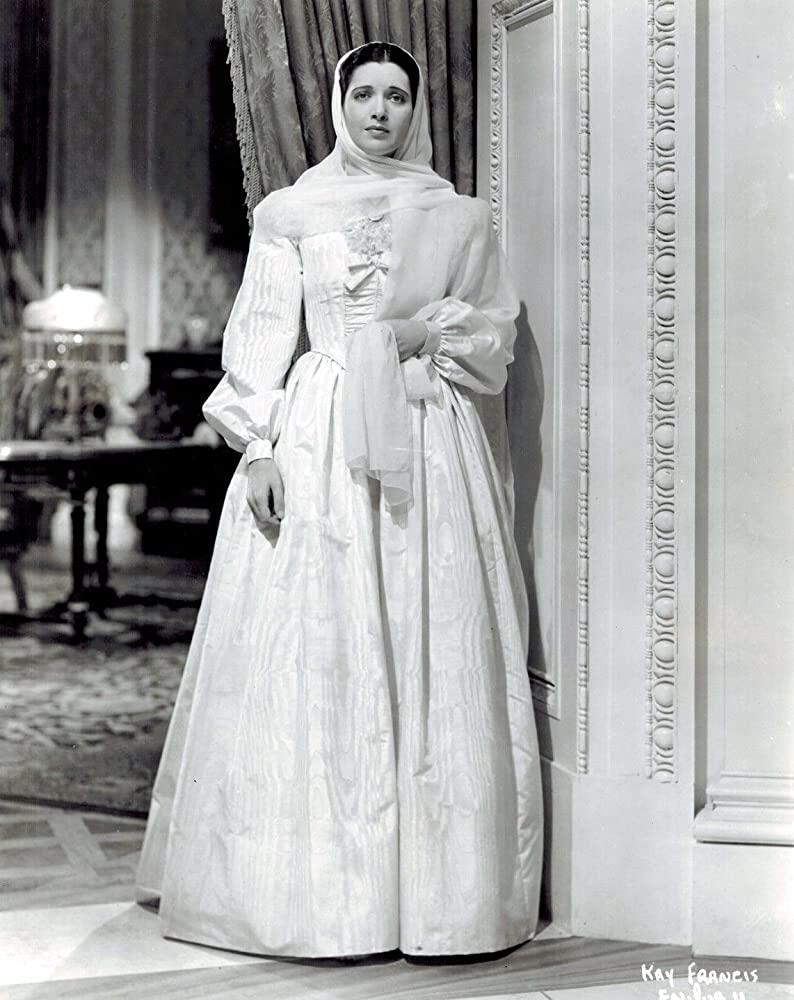

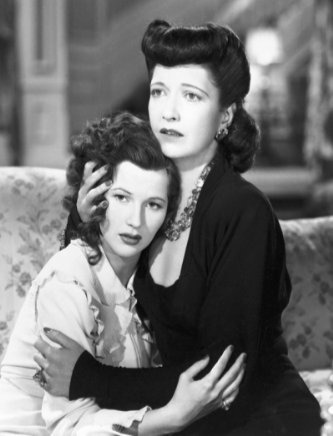
Kommentare